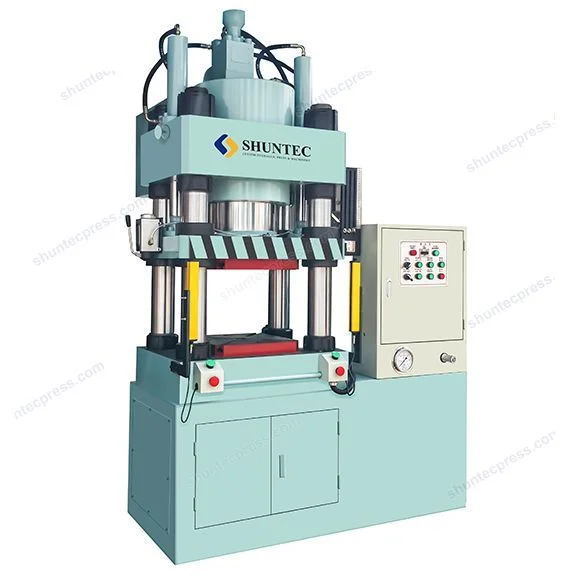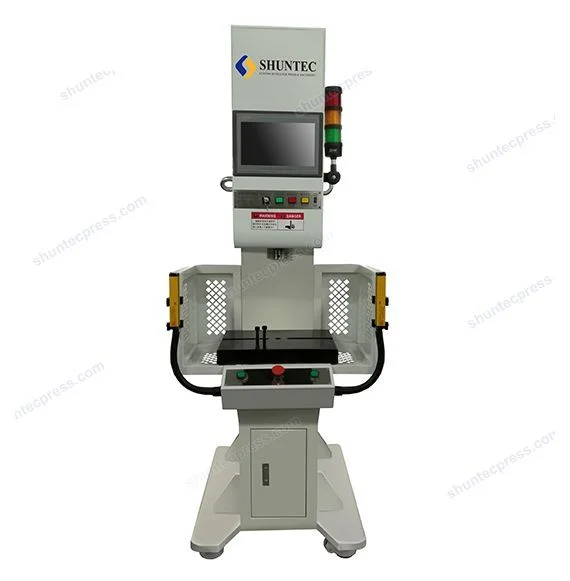Introduction
A hydraulic press, in essence, is a machine that uses the power of liquid under pressure to generate massive amounts of force. Whether it’s in the realm of manufacturing, material testing, or in the creation of viral internet content, hydraulic presses have a broad range of applications. The ability of these machines to crush, shape, and form materials is truly fascinating. This article explores the formidable power of hydraulic presses, highlighting their capabilities, the most powerful version in existence, and the intriguing question of whether there’s anything they can’t crush—including diamonds.



The Strength of a Hydraulic Press
Understanding the strength of a hydraulic press begins with grasping how it operates. The basic principle of a hydraulic press is Pascal’s Law, which states that when pressure is applied to a fluid in a confined space, that pressure is equally distributed in all directions. In a hydraulic press, this principle is used to magnify force. A small amount of force applied to a small piston creates enough pressure to generate a large amount of force on a larger piston within the same system.
The strength of a hydraulic press is typically measured in tons, indicating the amount of force the machine can exert. The range varies significantly—from small 20-ton presses used in workshops, to massive industrial presses that can exert thousands of tons of force. This force is not only impressive in terms of raw power but also the control and precision it offers, making hydraulic presses a critical tool in numerous industries.
The Most Powerful Hydraulic Press
The title for the most powerful hydraulic press in the world currently goes to the “Fifty”, located in Tampere, Finland. Manufactured by the company IHI, it boasts an astounding force of 50,000 metric tons. The name “Fifty” refers to its total pressing force in kilo-newtons (kN). This mammoth of a machine is used primarily for the forming of large, complex metallic components, highlighting the importance of hydraulic presses in modern manufacturing.
The Capabilities of a Hydraulic Press
So, can a hydraulic press crush anything? The answer is, for the most part, yes—provided the item can fit within the press! From crushing everyday objects like cans and fruit for popular YouTube videos, to transforming metals and other materials in industrial applications, hydraulic presses are impressively versatile.
In a manufacturing setting, they’re used to crush, form, and shape a wide variety of materials. These range from metals—like steel, aluminum, and copper—to plastics and composite materials. With the right tools and dies, a hydraulic press can also be used to bend, straighten, and cut materials, making it a remarkably multi-functional piece of machinery.
In the world of material testing, hydraulic presses apply extreme pressures to objects to assess their strength and durability. Here, they help determine a material’s yield strength, which is the point at which it starts to deform under pressure, and its ultimate strength, the maximum stress it can withstand before breaking or failing.

Crushing Diamonds with a Hydraulic Press
Diamonds are the hardest natural substance known to man. They sit at the top of the Mohs hardness scale, which ranks mineral hardness. However, hardness and toughness are not the same thing. Hardness refers to a material’s ability to resist scratching, while toughness is about its ability to absorb energy and deform without fracturing.
So, can a hydraulic press crush a diamond? Surprisingly, the answer is yes. Despite their hardness, diamonds are not particularly tough. Under the right conditions, and with enough force, a hydraulic press can crush a diamond. This feat has been demonstrated in various experiments and videos. However, crushing a diamond requires an extremely high force and is not something that would typically be done, considering the value and rarity of diamonds.
The Limits of a Hydraulic Press
While a hydraulic press is formidable, it does have its limitations. To address the question “What material can break a hydraulic press?” one must consider the press’s specifications, particularly its maximum force. If a material that’s too hard or too strong for the press to handle is used, the press could potentially fail or even break. For example, trying to compress a large block of highly resistant material, such as a super-alloy or a massive piece of hardened steel, could lead to damage.
Furthermore, hydraulic presses are not immune to mechanical failures or breakdowns. Components like seals and gaskets can wear out or fail, leading to leaks and loss of pressure. If the hydraulic fluid is contaminated, this could also lead to problems. Maintenance is critical to prevent these types of issues and ensure the long-term operation of a hydraulic press.

Conclusion
Hydraulic presses are truly astounding machines. From their application in various industries to the sheer force they can generate, they have transformed our ability to manipulate materials. The most powerful hydraulic press, the “Fifty,” stands as a testament to human ingenuity, capable of exerting a mind-boggling 50,000 metric tons of force. While these machines can crush virtually anything that can fit within their grasp, including diamonds, they do have their limitations and require proper use and maintenance to prevent damage or failure.
